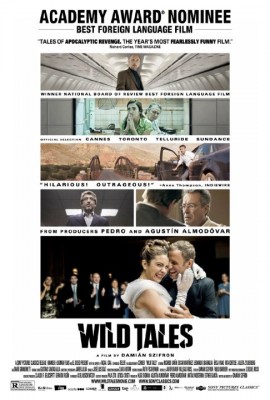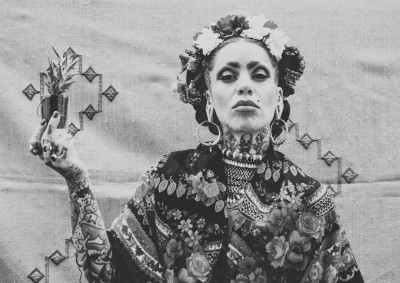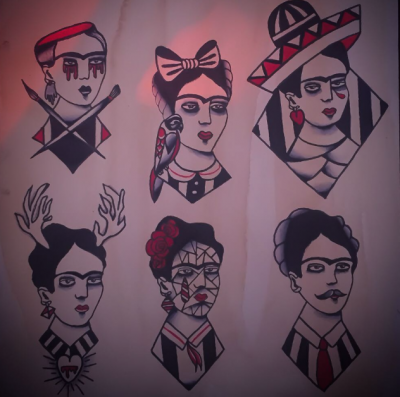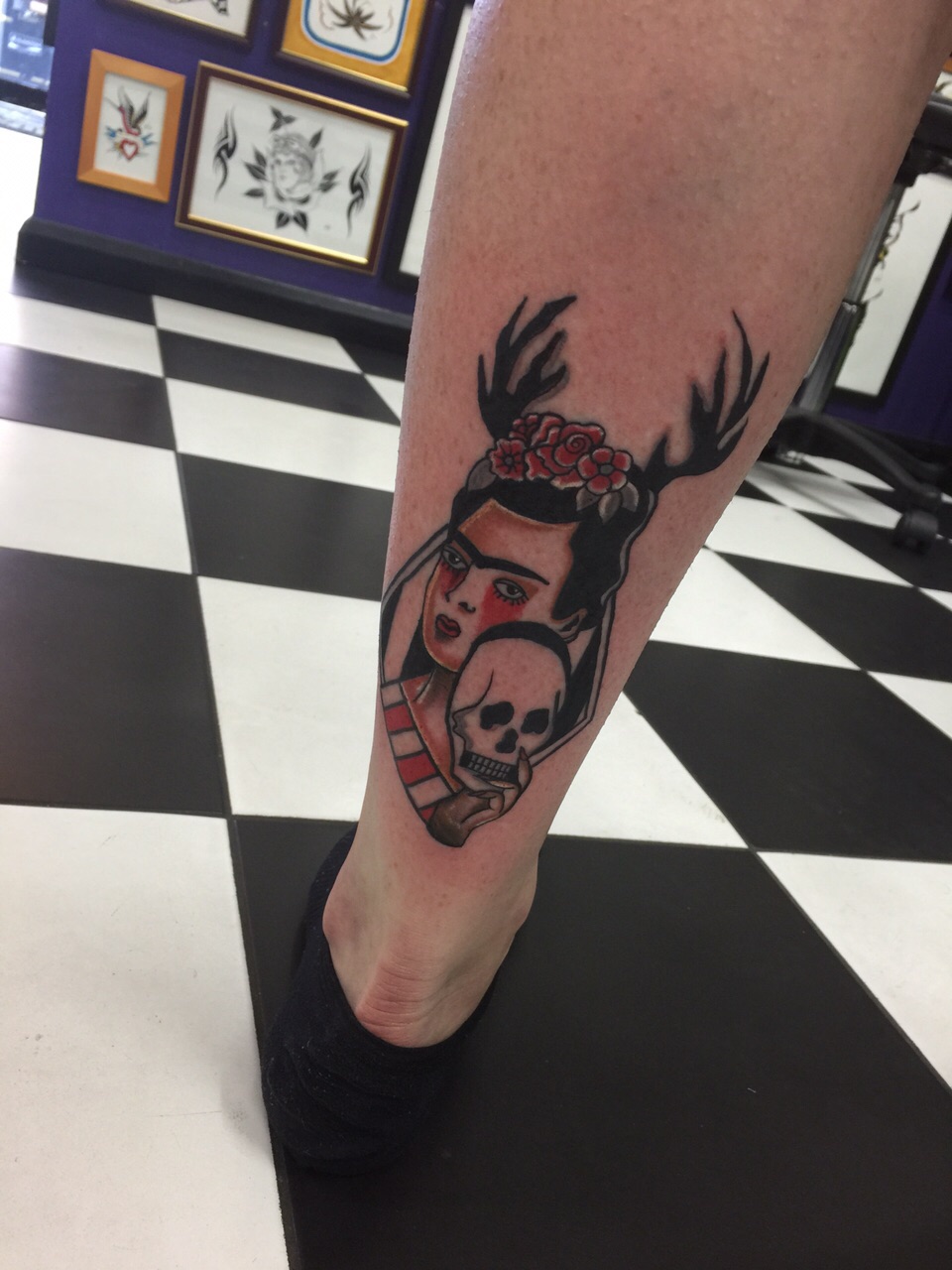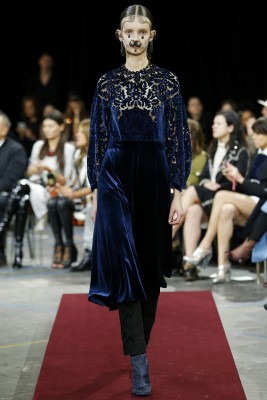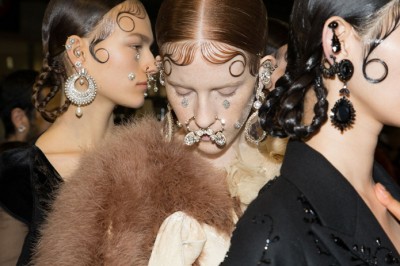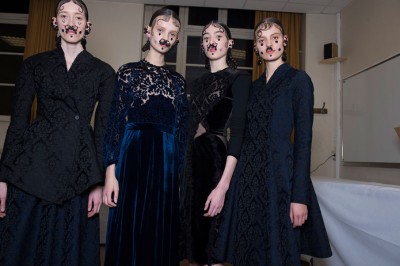45-year-old tattoo artist Ron Antonick creates nipple tattoos for women who have had breast cancer. Often his clients have had re-constructive surgery or are unhappy with the options offered to them by medical practitioners. We talked to Ron to find out more about his experiences helping women to regain their confidence after breast cancer.
Can you tell us a bit about your studio? I own Sacred Tattoo in Wickliffe Ohio, just east of Cleveland. It is a private custom studio, not open to the public. I am the only artist there.
How long have you been tattooing? I started tattooing professionally in 1988, working at a local street shop before doing a bit of travelling and guest spots around the country and then opening my own shop in 1997.
How did you start tattooing nipples? For the past decade or so, most of the tattoos I did were portraits or photo realism of sorts… so when a friend’s wife was diagnosed with breast cancer, they went to see the doctor together. The doctor explained about nipple reconstruction, where they attempt to create the nipple again or at least a bump of skin for lack of a better term and then have the nipple and areola tattooed to look more natural. He proceeded to show them a portfolio of nipple tattoos done by medical professionals that looked like peach or salmon colour circles but not anything close to what a real nipple would look like. So my friend called me and asked if I would do them for her when the time came and of course I said I would be honoured.
How did you perfect the technique? I started to research it and found some other artists doing them, with very few artists doing them well. I began drawing different types of nipples, sizes, shapes, textures and colour ranges to see what looked most realistic and what fell short. I worked with slight shadows and light sources to give them the most 3 dimensional appearance I could. When I had done enough of these drawings that I considered successful I then started to advertise for breast cancer survivors, that I could tattoo for free in order to gain some experience.
I had no shortage, almost right away, of women who contacted me looking for help and most of them already had been tattooed by medical professionals unsuccessfully and really wanted them to look natural. The only stipulation I put on it was that I expected to take anonymous before and after photos which most had no problem with. I was shocked to find out just how many people this was affecting and that many of the women were so young. I would always make sure to take time to sit and talk with each client before hand to make sure they were completely comfortable with both myself and the process before starting anything.
Do hospitals ever refer patients to you? Yes, it all started with my friend talking to his wife’s surgeon, saying that I would be better suited to do her tattoos, at first the doctor seemed uninterested. He persisted each visit telling him more and then showing him before and after photos of tattoos I had done and before too long he was opening up to the idea. His wife later set up a meeting between myself, her surgeon and his assistant that went very well. I met with Doctor Steven Bernard of the Cleveland Clinic and his assistant Jaquie Frazee. Dr. Bernard was also a part of the team who did the first successful face transplant so needless to say I was very nervous meeting him. I explained what I do, that I have 27 years of experience as both a professional tattoo artist and business owner, I showed them my portfolio and studio. I explained that I use only Fusion Tattoo Pigments because they are all natural organic pigments which are also vegan friendly. In closing he told me he felt that him and his partners clients would be well served by me and he would be referring them to me in the future.
Who was your first client? The first client I had was a woman in her early 30s who drove up from southern Ohio to have her existing nipple tattoos reworked by me. I reworked her tattoos, correcting colour, adding depth, texture and shadows to give it a more realistic and natural appearance and she was extremely happy with the results! I spoke with her during the healing once and after the healing to make sure everything healed well, colours held up and the results remained, which happily they did. I say this because working on scar tissue is completely different than working on healthy skin tissue. It can be damaged much easier than normal skin and sometimes if not careful in the application of the tattoo , the pigment is more likely to lighten or even fall out of the skin completely during healing.
Do you tattoo other things other than nipples? I still do regular tattooing and as rewarding as it is to see a beautiful tattoo on a happy client, it just doesn’t compare to the look of joy on a woman’s face when she sees herself in the mirror for the first time after tattooing nipples on her. It absolutely helps to restore their sense of beauty, self image, confidence and makes them feel somewhat whole again, also in most cases giving them a sense of closure. Now they can move on from the cancer experience and feel comfortable with themselves again. The tattoos help to camouflage scars and in some cases make the breasts look a bit more shapely where they may be slightly misshapen due to surgeries. It feels so good being told afterwards and getting phone calls weeks later telling me that they don’t avoid seeing themselves in the mirror anymore.
Do you do any cosmetic tattooing? I have started getting inquiries about other issues that the doctors and nurses have referred clients to me in hopes of helping them. Some women after being treated for breast cancer never have their eyebrows grow back so I also have started doing these as well as correcting pigment colour on scars. I had a recent client who had hair plugs done in the 90s and since decided he wanted to go with the shaved head look but was self-conscious because he had multiple rows of small round scars that were much lighter in color than his normal skin colour. I matched the pigment and we did a small test area and let that heal to make sure he would be happy with the results before having him shave completely.
How do you match the tattoo to skin colour? As far as matching skin pigments for different women, I just ask them to describe what they had, what they prefer as far as tone, texture size etc and do my best to make it look as natural as possible. I end up doing a lot of mixing pigments to get the right tones for each individual and always keep in mind, as well as tell each client that because of red or pinkness of the skin after being tattooed that there will be a 15-25% lightening in tone once the tattoo is healed and the skin irritation subsides. I also encourage if possible that they make a follow up appointment about two months after to make sure the healing went well, that the tone is correct and if needed do any layering or touch ups that may be needed ,which is all included in the cost. I do both bilateral (meaning both) or unilateral (meaning one) and the unilateral is always more difficult because you are trying to match the existing nipple colour, size and texture but is by no means impossible.
You have mentioned that you do a lot of free tattoos, how does this work? I did quite a few sets for free the first 8-10 months just trying to get as much experience as I could and feedback. Unfortunately I do need to make a living and feed my family as well but I feel good knowing that I am doing an amazing job for less than a third the cost of what most hospitals are charging – and a few hundred less than what most of the other professionals are doing. There are so many breast cancer survivors in need without the means to pay so I put aside 10% of every nipple/areola tattoo that I do and then reapply it to someone who cannot pay. So in short, every 11th nipple tattoo is done on someone in need who can’t pay, which helps keep me feeling balanced. In a perfect world, I would do them all for free.
How long is your waiting list? My waiting list is normally anywhere between a month to two months depending on the season, but I see that filling up more and more as word spreads, as I network with more and more medical professionals and breast cancer resources. People can always reach me via email at ronantonick@gmail.com or my cell # which is 440 226 0069 although it can take a while for me to reply as I am extremely busy.
To find out more visit Ron’s website BreastRenew





